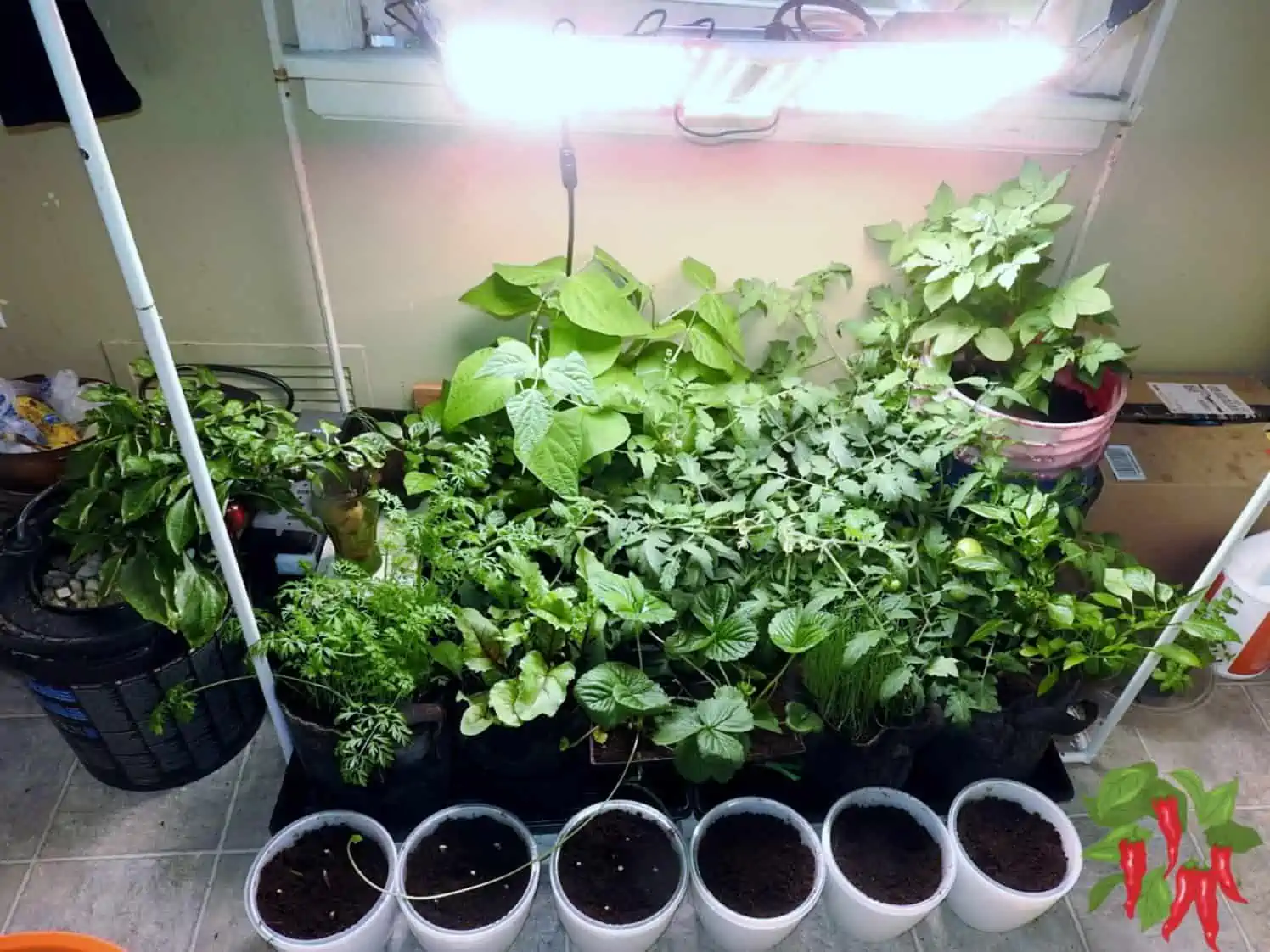Growing Vegetables Indoors with No Sunlight, A Comprehensive Guide

How to Grow Vegetables Indoors Without Sunlight: A Comprehensive Guide
Growing vegetables indoors without sunlight presents an exciting challenge that, with the right approach, can yield bountiful rewards. This guide delves into the intricacies of creating and maintaining an indoor vegetable garden using artificial light, ensuring optimal soil conditions, and nurturing plant health to maximize growth and productivity.
Understanding the Basics of Indoor Vegetable Gardening
Indoor vegetable gardening involves cultivating plants within a controlled environment, allowing for precise regulation of factors like temperature, humidity, and light. This controlled setting enables enthusiasts to create an ideal habitat where vegetables can flourish regardless of external weather conditions.
Choosing the Right Vegetables for Indoor Growth
Not all vegetables are equally suited to indoor cultivation. Selecting appropriate varieties is crucial:
Leafy Greens: Leafy greens such as lettuce, spinach, and kale thrive in environments with minimal sunlight, making them ideal candidates for indoor gardens.
Herbs: Compact and versatile, herbs like basil, cilantro, and parsley adapt well to indoor settings, providing fresh flavors year-round.
Root Vegetables: While challenging, root vegetables like carrots and radishes can be grown indoors with adequate light and space.
Fruits: Tomatoes, cucumbers, and peppers, though requiring more light and space, can also be cultivated indoors with proper care.
Setting Up Your Indoor Vegetable Garden
To establish a thriving indoor vegetable garden, follow these essential steps:
Choose a Container: Opt for containers with adequate drainage to prevent water stagnation, essential for healthy root development.
Prepare the Soil: Use premium potting mixes formulated for indoor plants, enriched with organic matter like compost to enhance nutrient retention and soil structure.
Add Artificial Light: Install suitable artificial lighting systems—such as LED or fluorescent grow lights—to supplement natural sunlight. Position lights close enough to plants to promote growth without causing heat damage.
Monitor Temperature and Humidity: Maintain optimal conditions, ideally between 65°F to 75°F (18°C to 24°C) and 40% to 60% humidity, ensuring a favorable climate for plant growth.
Caring for Your Indoor Vegetable Garden
Regular maintenance is essential for nurturing a flourishing indoor vegetable garden:
Watering: Maintain consistent soil moisture levels, avoiding both drought and waterlogging. Utilize long-spouted watering cans to minimize leaf wetting and potential fungal issues.
Fertilizing: Apply balanced fertilizers designed for indoor plants as per manufacturer instructions, providing essential nutrients for robust growth.
Pruning: Regularly trim plants to encourage bushy growth, enhancing both aesthetics and productivity.
Pest Management: Monitor for common pests such as aphids and spider mites, employing organic pest control methods to safeguard plant health.
Overcoming Challenges in Limited Space
Maximize your indoor gardening space with these practical strategies:
Vertical Gardening: Utilize trellises or stakes to support climbing plants, optimizing vertical space utilization.
Compact Varieties: Opt for dwarf or bush varieties of vegetables that require less room while delivering high yields.
Hydroponics: Explore hydroponic systems as an alternative to traditional soil-based gardening, offering efficient nutrient delivery and space-saving benefits.
Additional Tips and Resources
For more detailed insights on growing vegetables indoors without sunlight, explore our comprehensive guide at Gardening Channel.
Conclusion
Successfully cultivating vegetables indoors without sunlight demands careful planning, dedication to optimal plant care, and leveraging artificial lighting effectively. By following the guidelines outlined in this guide, you can create a thriving indoor garden that provides fresh produce year-round, even in limited space.
FAQs
Q: Can I use natural light instead of artificial light? A: While natural light is beneficial, it often doesn't provide sufficient intensity for indoor vegetable growth. Artificial lighting ensures consistent light levels needed for healthy plants.
Q: How often should I water my indoor vegetables? A: Watering needs vary, but it's crucial to maintain consistent soil moisture. Check soil moisture regularly and water when the top inch of soil feels dry.
Q: What type of soil should I use for indoor vegetable gardening? A: Use a high-quality potting mix formulated for indoor plants. Regular garden soil may lack proper drainage and could harbor pests.
Q: How do I prevent leggy growth in my indoor vegetables? A: Ensure your plants receive adequate light by adjusting artificial light fixtures as needed. Prune regularly to promote bushy growth.
Q: Can any vegetable be grown indoors? A: While many vegetables can thrive indoors, prioritize leafy greens, herbs, and compact varieties of root vegetables for best results.
0 Response to " Growing Vegetables Indoors with No Sunlight, A Comprehensive Guide"
Post a Comment